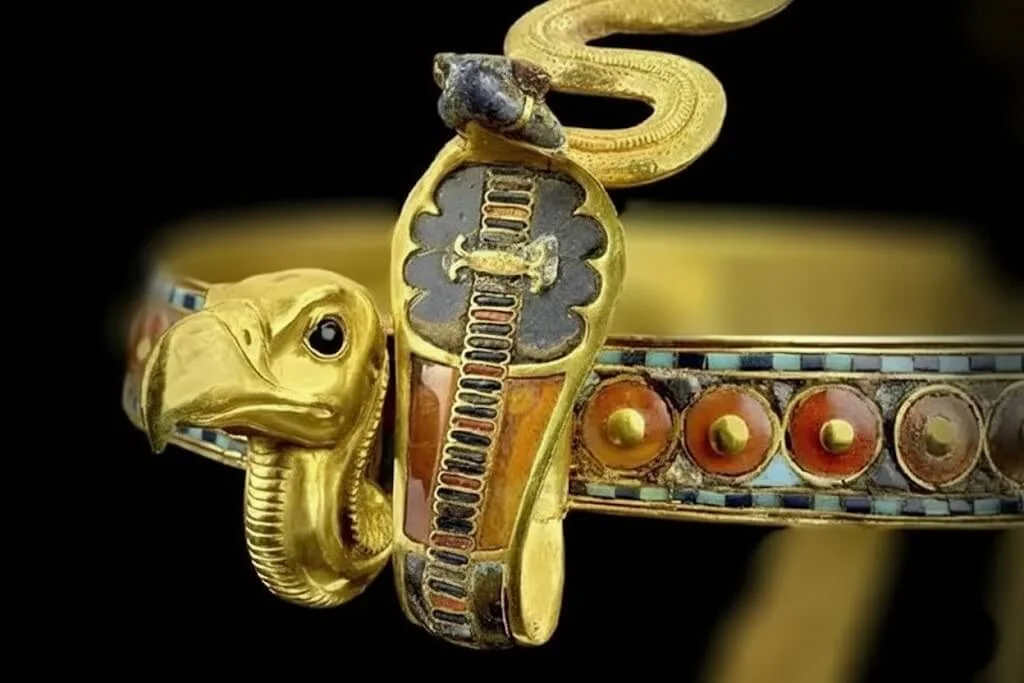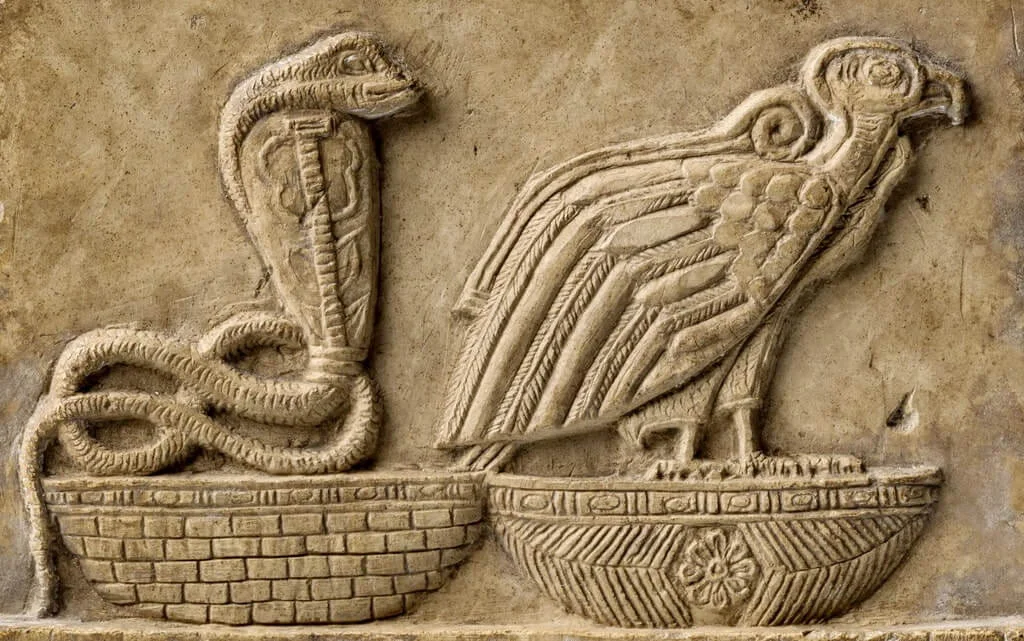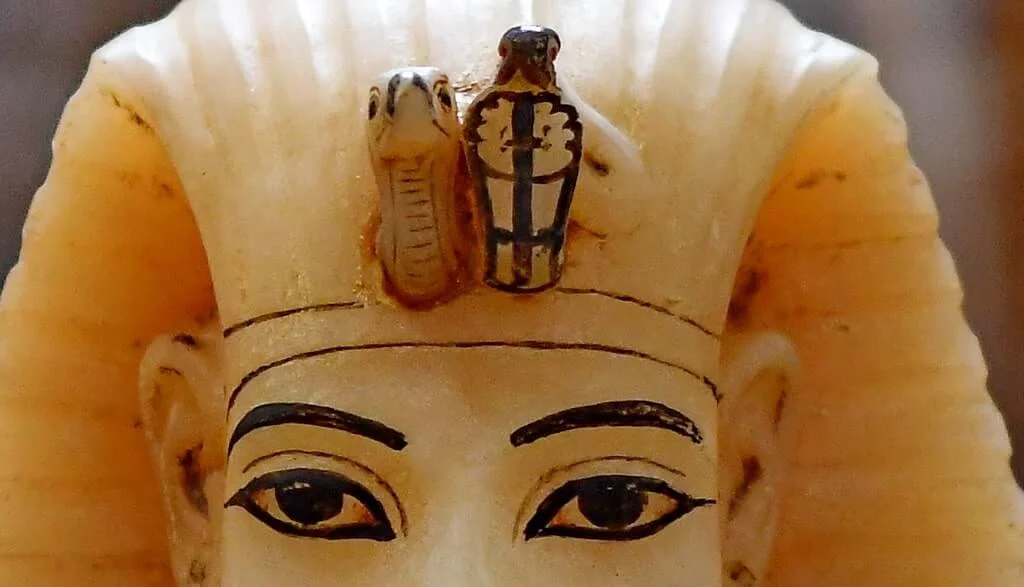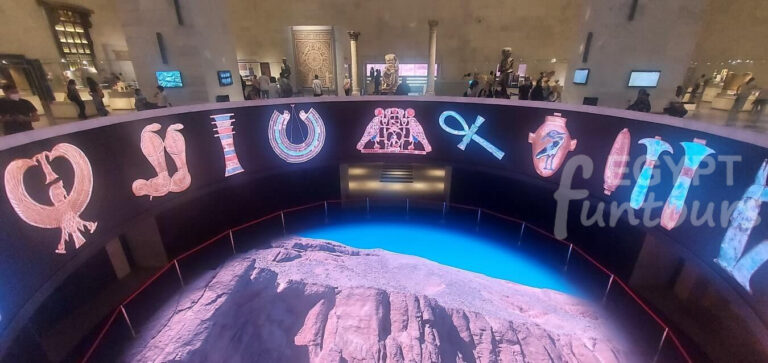Wadjet: The Cobra Goddess of Ancient Egypt
Wadjet, the fierce cobra goddess, stands as a powerful symbol in ancient Egyptian mythology. She was a fiery protector and a vital deity. Her influence spread from the earliest dynasties throughout pharaonic history. Wadjet’s story is key to understanding Egyptian royalty and the unity of the land.
Who Was Wadjet? A Protective Serpent Deity

Wadjet was an ancient local goddess in Egyptian religion. Her name, meaning “She of the Green One” or “She of Papyrus,” links her to the fertile Nile Delta region. This area, located in Lower Egypt, was her main cult center. Over time, her role expanded. She became the patron goddess of all of Lower Egypt.
Wadjet’s association with the cobra is very important. The Egyptians saw the cobra as a powerful protector. They believed it could strike down enemies with venom. This image solidified Wadjet’s role as a divine guardian. She is “Lady of the Flame” due to her protective, fiery nature.




























